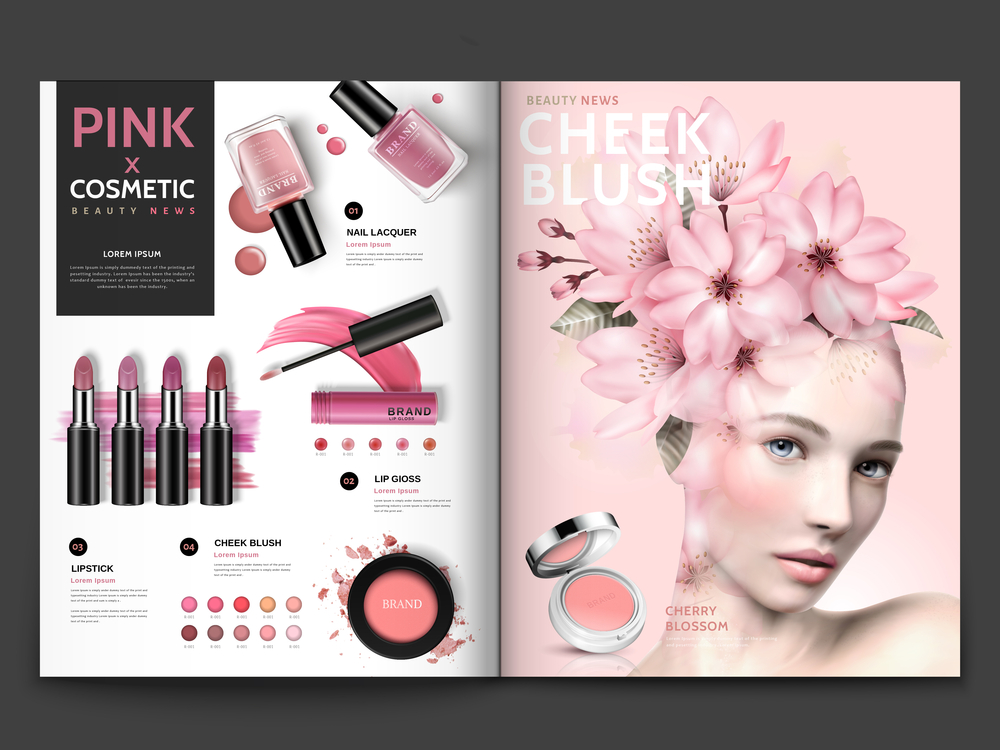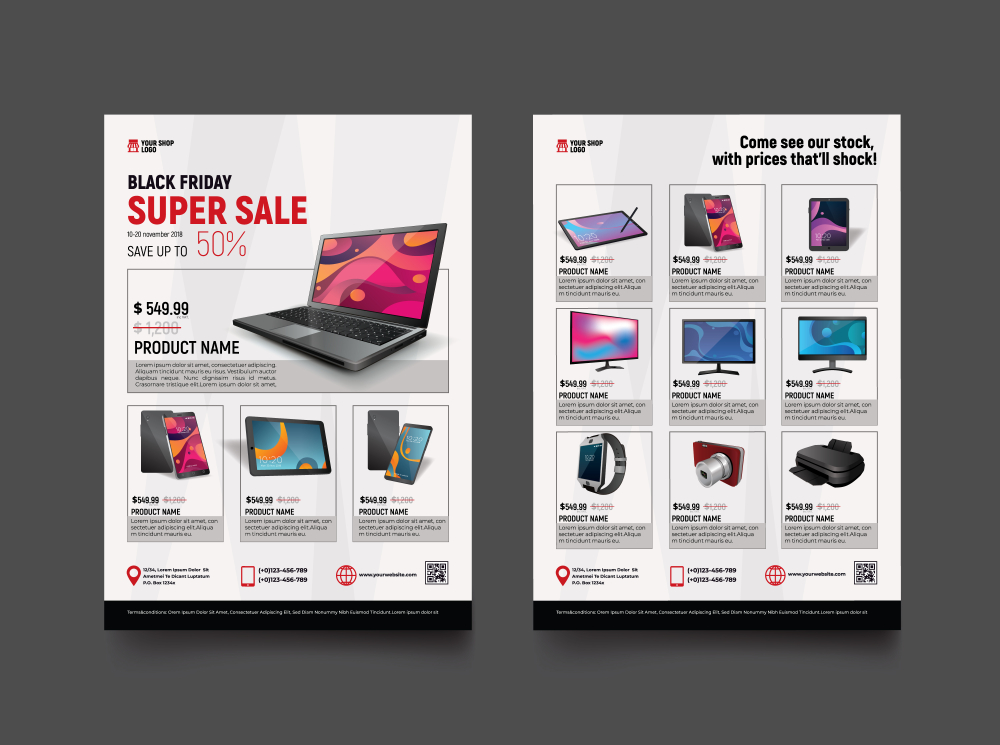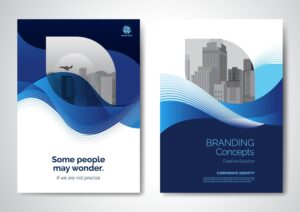Branding and brochure solutions
In today’s competitive marketplace, establishing a robust brand identity is essential for businesses aiming to differentiate themselves and connect meaningfully with their target audience. Among the various tools available, well-designed brochures play a pivotal role in conveying a company’s message, values, and offerings. This article delves into the significance of branding and brochure solutions, offering insights into their design, integration, and impact on business growth.
The Importance of Branding
Branding encompasses more than just a memorable logo or a catchy tagline; it represents the collective perception of a company in the minds of consumers. A strong brand fosters trust, facilitates recognition, and sets a business apart in a crowded market. Key elements of effective branding include:
-
Consistency: Uniform messaging and visuals across all platforms reinforce brand identity.
-
Emotional Connection: Engaging storytelling and relatable values resonate with audiences on a personal level.
-
Value Proposition: Clearly articulating what makes your business unique and why customers should choose you.
Brochures: A Vital Component of Branding Strategies
Brochures serve as tangible representations of a company’s brand, offering a physical medium through which businesses can present detailed information about their products or services. They bridge the gap between digital marketing efforts and real-world interactions, providing a lasting impression that digital mediums sometimes lack.

Advantages of Incorporating Brochures into Your Branding Efforts
-
Enhanced Engagement: A well-crafted brochure captures attention and encourages readers to explore the content, leading to increased interest in your offerings.
-
Increased Brand Recognition: Consistent use of brand colors, logos, and messaging within brochures reinforces brand identity and aids in recognition.
-
Effective Communication: Brochures allow for the presentation of comprehensive information in an organized manner, facilitating better understanding among potential clients.
-
Targeted Marketing: Distributing brochures to specific demographics or at particular events enables businesses to reach their intended audience more directly.
Designing Impactful Brochures
Creating a brochure that effectively communicates your brand’s message involves several critical steps:
1. Understanding Your Audience
Tailoring the design and content to meet the preferences and needs of your target demographic ensures relevance and engagement.
2. Crafting Compelling Content
Clear, concise, and persuasive language that highlights the benefits of your products or services resonates more effectively with readers.
3. Focusing on Visual Appeal
Utilizing high-quality images, harmonious color schemes, and professional layouts enhances the aesthetic appeal and readability of the brochure.
4. Including a Clear Call-to-Action (CTA)
Guiding readers towards the next step, whether it’s visiting a website, contacting for more information, or making a purchase, is crucial for conversion.
Integrating Brochures into Your Branding Strategy
For brochures to effectively contribute to branding efforts, they must be seamlessly integrated into the overall marketing strategy:
-
Consistency Across Channels: Ensuring that the design and messaging of brochures align with other marketing materials strengthens brand coherence.
-
Strategic Distribution: Identifying the most effective channels and events for brochure distribution maximizes reach and impact.
-
Digital Adaptation: Offering digital versions of brochures caters to the growing preference for online content consumption and broadens accessibility.
Measuring the Effectiveness of Brochures
Evaluating the impact of brochures involves analyzing metrics such as:
-
Engagement Levels: Assessing how recipients interact with the brochure, including time spent reading and sections of interest.
-
Conversion Rates: Tracking the number of readers who take the desired action after engaging with the brochure.
-
Feedback Collection: Gathering insights from the target audience regarding the brochure’s content and design can inform future improvements.
Conclusion
Incorporating well-designed brochures into your branding strategy offers a tangible and effective means to communicate your company’s message and values. By focusing on audience understanding, compelling content, visual appeal, and strategic integration, businesses can leverage brochures to enhance brand identity and foster meaningful connections with their audience.
For personalized assistance in crafting impactful branding and brochure solutions, feel free to contact us.







